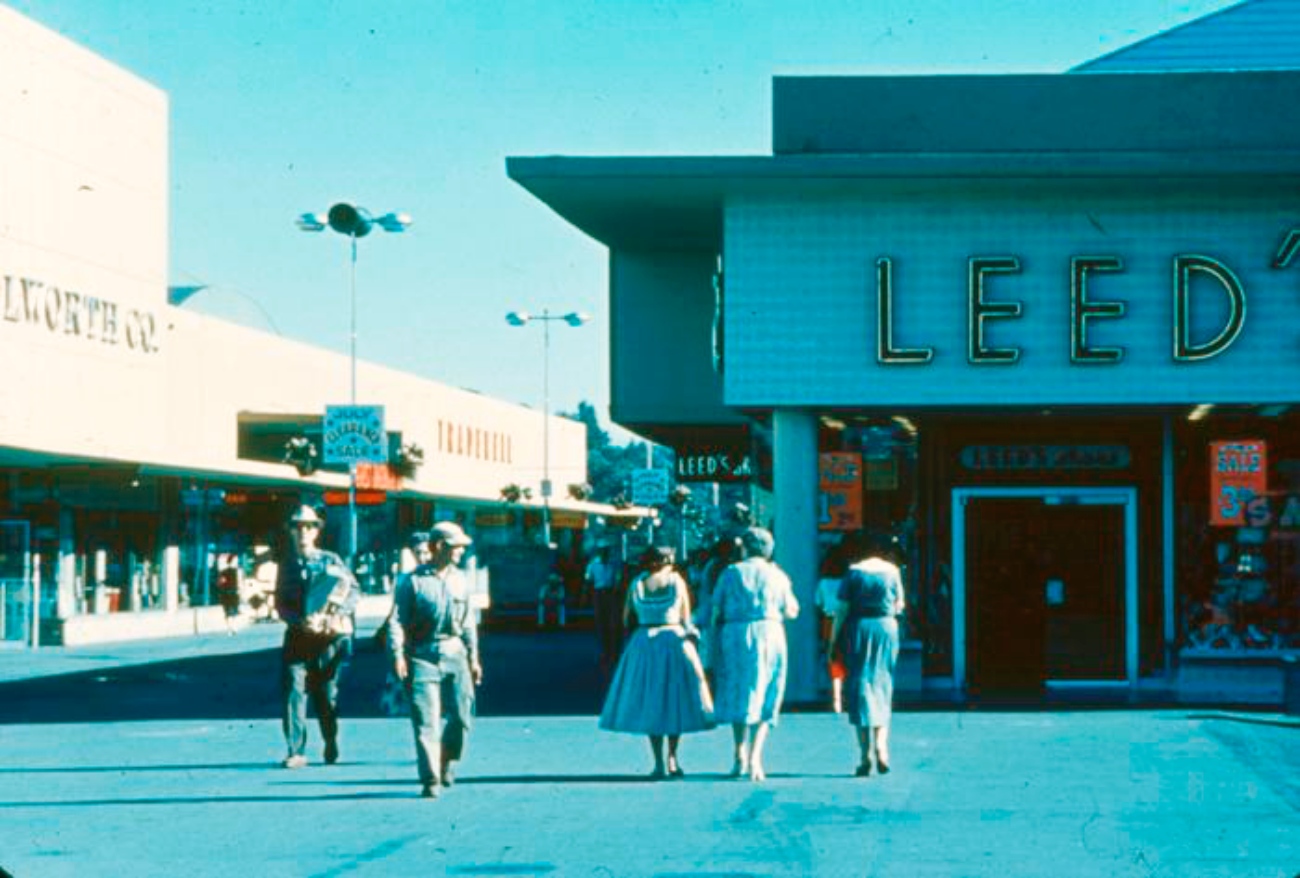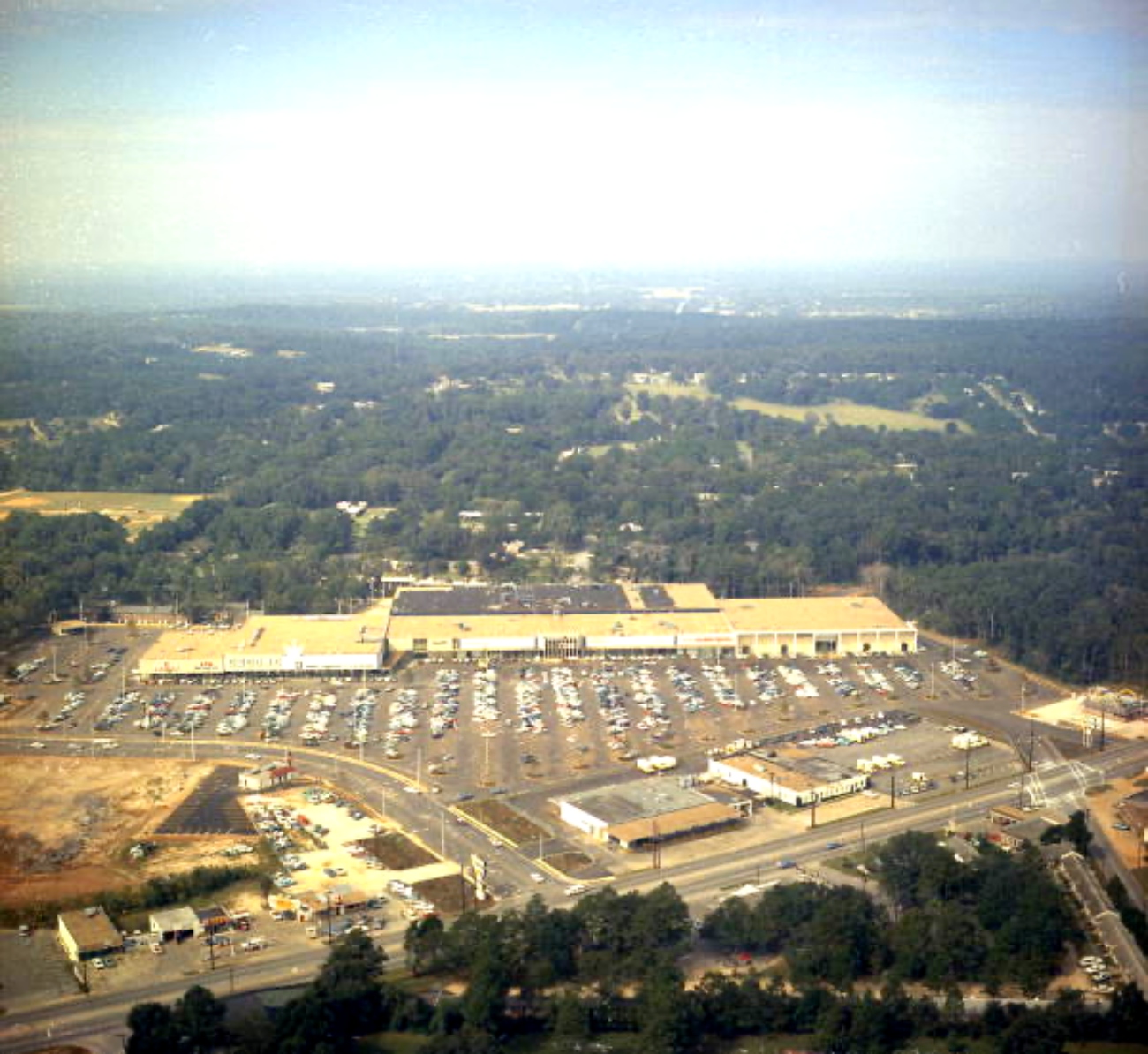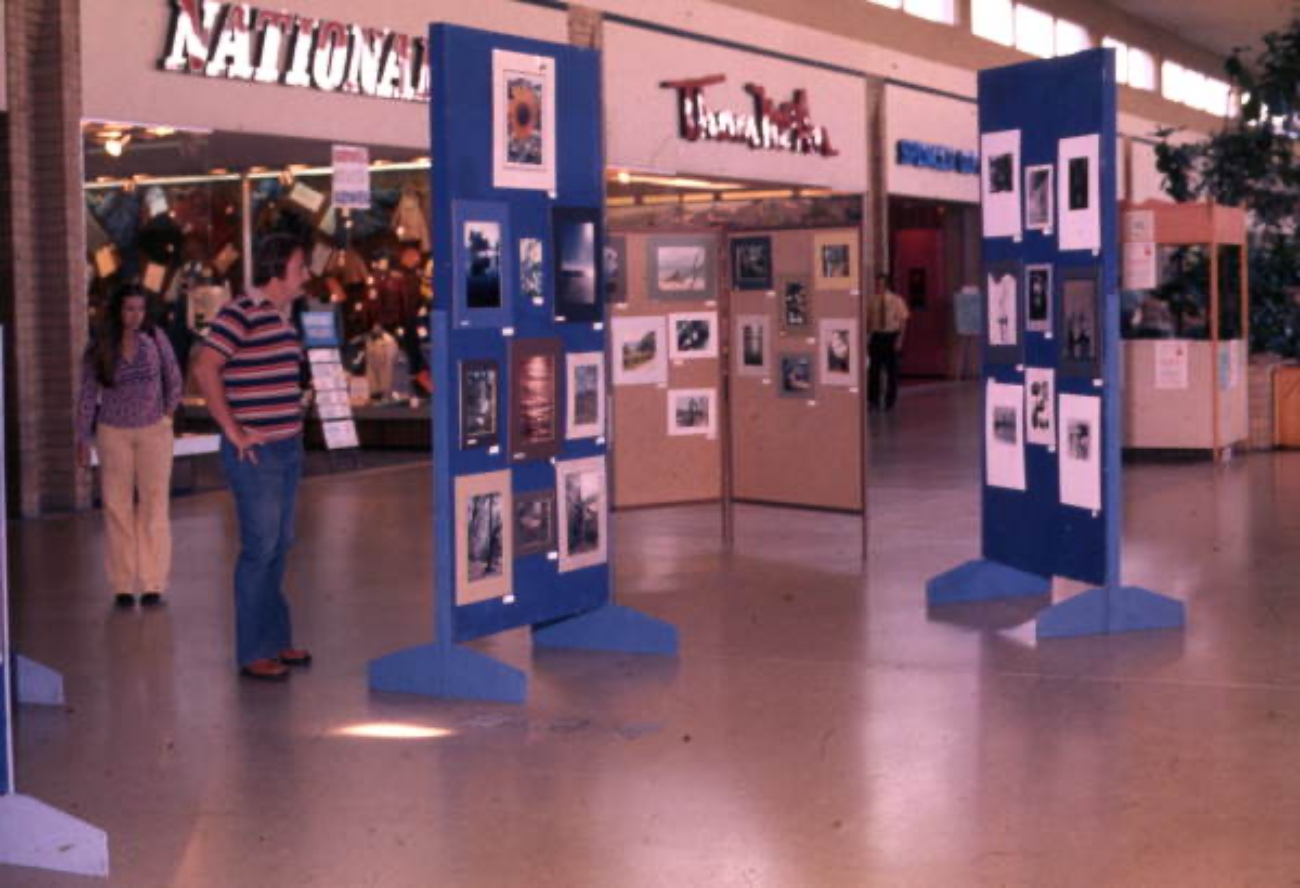For most of us going to the mall was once a family activity for the weekends, or maybe even a cheeky weeknight run if you lived nearby. We could have literally spent hours, even the whole day, in the local mall. At the time it felt like there were so many things to see and do, not to mention the practical aspect of getting your shopping done. But, malls in the US today don’t often have the same pull on shoppers that they used to. Instead many malls are losing tenants and going empty. So, what happened to our malls? And what will they become in the future?

Malls began popping up in the 1950s as the suburbanization of our communities really took hold. The housing boom following World War II meant that a huge number of modern homes needed to be built for returning servicemen as quickly as possible. These new neighborhoods seemed to offer everything that cities were short on: green spaces, back yards, single family homes that were quiet, and plenty of parking.
This was also an era when car ownership skyrocketed and many of the cars we consider “classics” today were produced during this time. The development of modern of highways began in the 1930s with the New Deal, but the highway system continued to grow to meet the demand of all these new cars. Malls became another destination along those highways, built in areas removed from city centers to accommodate the massive footprint of such facilities. And, the parking was often one of the biggest uses of land space at any given mall.

Malls served the purpose of not only shopping, but functioned as a community gathering place as well. It was not uncommon to have art shows and holiday celebrations in malls because people gathered there happily. It was not a “get in get out fast” situation back then. Ample seating, fountains, and sprawling food courts encouraged shoppers to stay and be leisurely, even socialize with their neighbors. In remote suburban areas where there was no front stoop or Main Street to gather on, this was a big appeal of the mall for many people, especially teenagers.
When you went shopping with your parents in the old days, you probably stopped into one of the big stores on the outer edges of the mall first. These large department stores were like a world unto themselves and they acted as gatekeeper entrances to get to the other, smaller stores inside. Those big stores are what’s called anchor stores, as they draw people to the mall in the first place. Many of these anchor stores we grew up with like Macy’s, JC Penney, and Sears have since closed up shop in most areas, doing much of their business online now.

As early as the 1990s malls were began having trouble keeping these larger stores. As more malls were being built they began to compete with each other, which hurt sales. The next blow to the American mall came from online shopping. In many cultures it’s considered ill advised to buy something you cannot first handle and inspect. But, shopping online has now become the new normal, with many consumers simply returning what they don’t like from an online order.
Even as many mall stores were battling with online retailers, the 2008 recession hurt malls even more and many stores left malls never to return. Add to that the Covid-19 pandemic and many malls are struggling to even pay for maintenance costs, let alone upgrade their spaces to appeal to new customers.
So what will happen to our malls? Well, the wealthiest malls in the country aren’t suffering the way middle of the road malls are. This is because luxury goods appeal to the wealthy, who haven’t been as affected by these trends. Plus, a store like Tiffany & Co. or Gucci makes a higher percentage of their rent with each sale, ensuring their stores stay solvent.

But, malls that are closing down have begun to be repurposed for other things. Schools, mixed use buildings, and even office space have become popular transformations of now defunct malls. Another tactic has been to simply tear down disused malls to make way for public green spaces, a solution that takes enormous amounts of government funding, but which has the ability to give back to the people the place to gather that malls once offered.
Do you still shop at your local mall? Some experts are saying that you might not be able to that much longer. See how the landscape of the American mall has changed and what their prospects are in the video below from Bloomberg.
SKM: below-content placeholderWhizzco for DOT

